
Brand Identity Essentials to Build a Memorable Brand
Picture this: You are walking down a bustling street. You glance at a logo and instantly recognize the brand. Or you scroll through your social media feed, and without even looking at the post content, you know who is behind it. What is the secret sauce here? Brand identity!
But what exactly is brand identity, and why does it matter?
Brand identity is the unique set of characteristics that define your brand and set it apart from the competition. It is the personality, the values, the promises – all rolled into one. Brand identity is not merely a logo, a color scheme, or a catchy slogan; it is the DNA of your business.
Your brand identity is what people say about you when you are not in the room. It is the emotional connection your audience forms with your brand. It is how your customers perceive you, trust you, and relate to you.
In an era where consumers are bombarded with choices, a strong brand identity is your North Star. It guides your business decisions, influences customer loyalty, and shapes your company’s destiny. And today where information travels at the speed of light, creating a memorable brand identity is not just an option; it is a necessity.
Whether you are a seasoned entrepreneur looking to refresh your brand or a newcomer navigating the complex world of business, this guide is your roadmap to success. Here we will explore each aspect of brand identity, using real-world case studies to illustrate their significance.
Are you ready to embark on this transformative journey? Read along to discover the brand identity essentials that will turn your business into a brand that stands the course of time.
Essentials to create a magical brand identity that leaves a deep imprint.
- Your Unique Story: The Art of Storytelling
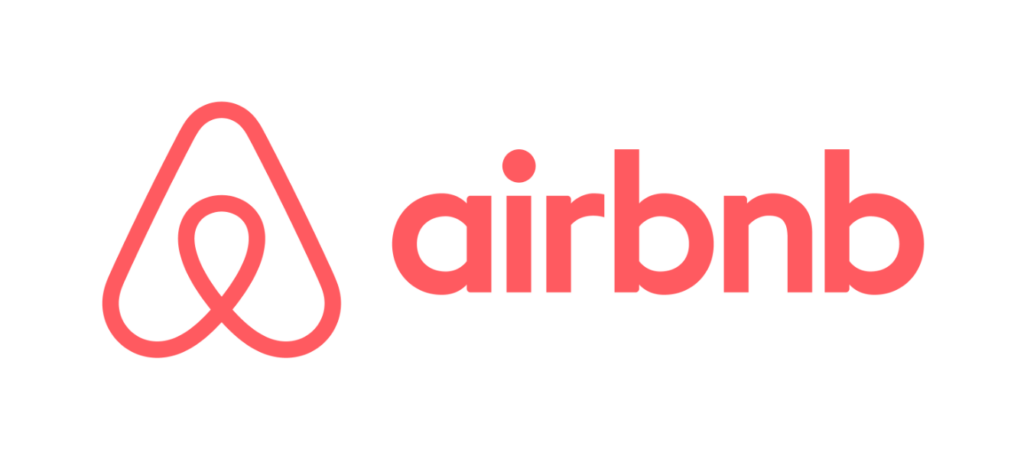
Consider the story of Airbnb. Founded by Brian Chesky, Joe Gebbia, and Nathan Blecharczyk, this platform started as a way to rent out an air mattress in their San Francisco apartment to make ends meet. They turned a simple idea into a global phenomenon.
The Airbnb brand identity is grounded in the idea that anyone can belong anywhere. It is not just about accommodations; it is about connection and a sense of belonging.
And what about the iconic “Just Do It” tagline by Nike? It did not just sell shoes; it sold a mindset, a story of determination and perseverance. Nike’s brand identity is all about inspiring athletes to push beyond their limits. Your brand’s story doesn’t have to be as dramatic as Airbnb’s or as Nike’s, but it should be authentic and relatable.
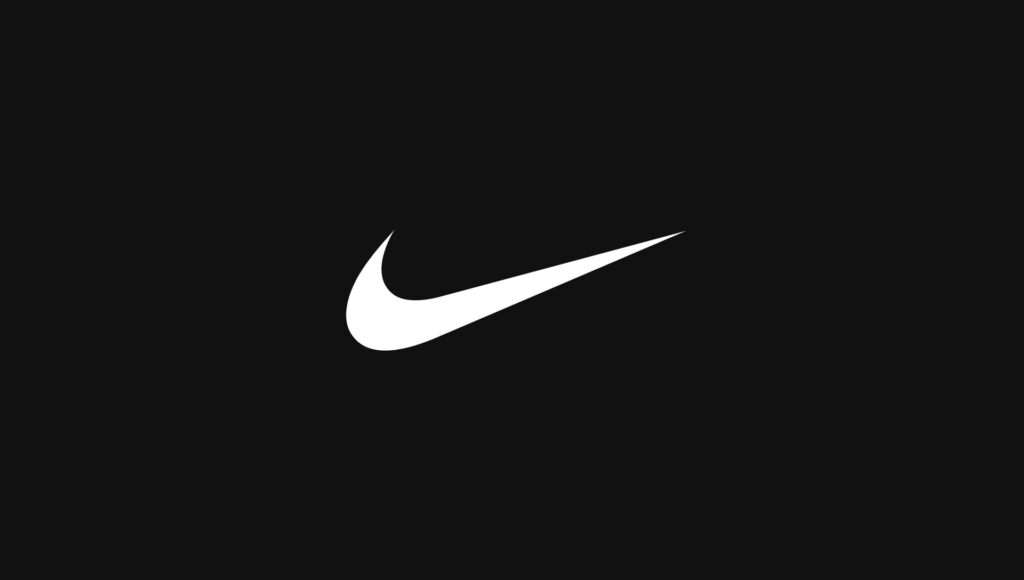
What is the tale behind your business? How did it all begin? What inspired you to start? What challenges did you overcome? How does your journey connect with your audience’s aspirations? Your story is the heart of your brand identity. Sharing your journey humanizes your brand and invites your audience to be a part of it.
- A Distinctive Logo: More Than Just a Symbol
Logos are the visual symbols that represent your brand. They are like a familiar face in a crowd, instantly recognizable. Yet, they are so much more than that.
A well-designed logo communicates your brand’s essence, its values, and its promise.

Take Apple, for example.
Their logo – a simple apple with a bite taken out of it – is iconic. It is clean, minimalist, instantly recognizable, and speaks volumes about the brand’s identity. Apple’s logo represents innovation, a break from the ordinary, and a bit of rebellion. Apple’s brand identity is about thinking differently and challenging the status quo.
Your logo should be a reflection of your brand’s personality. It should be memorable and scalable, working equally well on a business card and a billboard. Your logo is your visual signature. Make it simple, memorable, and reflective of your brand’s personality.
- A Vibrant Color Palette: The Psychology of Color
Colors have a profound impact on human emotions and perceptions. They can convey warmth, trustworthiness, excitement, or serenity. Your brand’s color palette is a critical aspect of your identity and should resonate with your audience. Are you the calm blue or the fiery red?
There’s Coca-Cola. Its classic red color choice is no accident. Red is a color that makes you feel alive, and Coca-Cola’s brand identity is all about sparking joy and happiness. Or wouldn’t you agree that their red branding reflects that perfectly? The color choice has been a cornerstone of Coca-Cola’s brand identity for over a century, so choose your colors wisely too, as they’ll become an integral part of your brand’s identity.
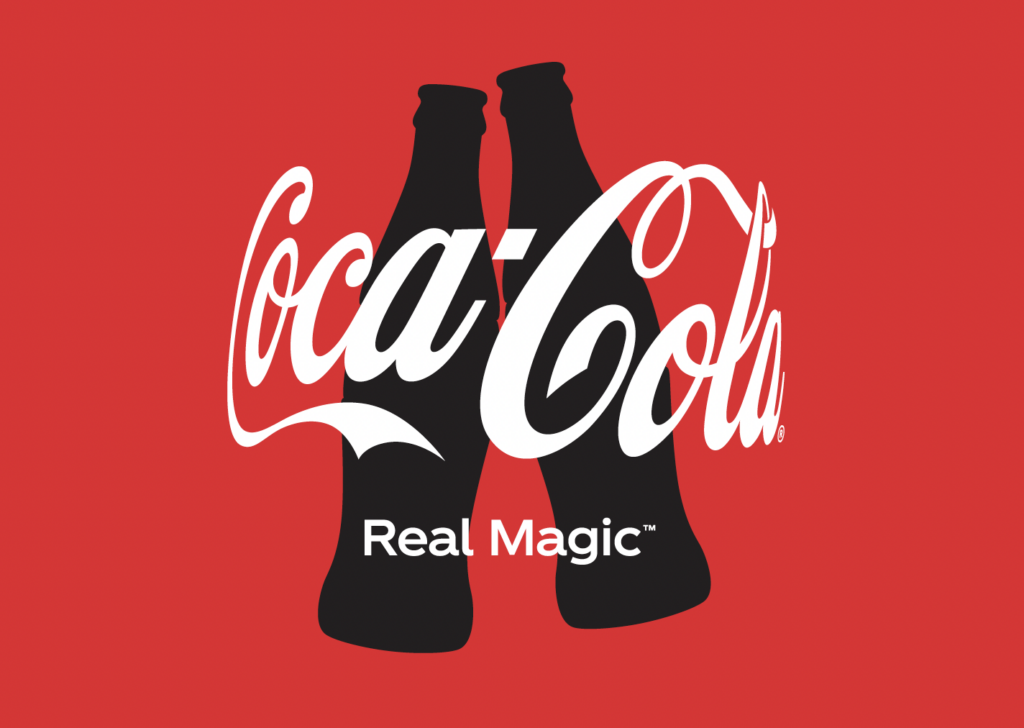
- Typography with Flair: Fonts Speak Volumes
Fonts aren’t just letters; they are the voice of your brand. Whether it’s bold and authoritative or elegant and sophisticated, your typography should speak your brand’s language.
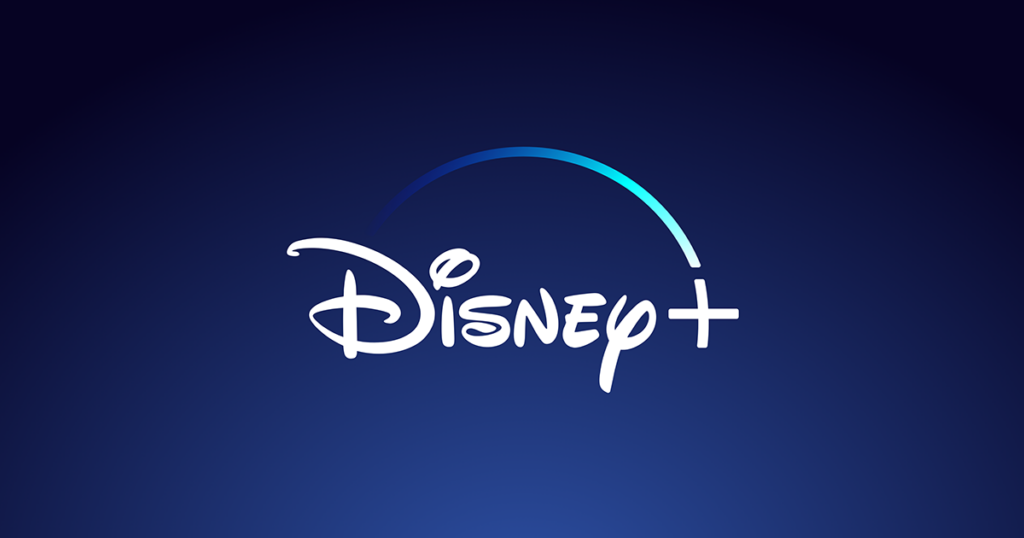
Disney’s distinctive font is as much a part of its brand identity as Mickey Mouse. Their typography is whimsical, playful, and instantly recognizable. It evokes a sense of wonder and nostalgia, perfect for a company that brings magic and storytelling to life.
Typography is the art of selecting and arranging fonts, and your choice of fonts should align with your brand’s personality. Are you bold and authoritative, elegant and sophisticated, or playful and creative? Your typography should convey that message consistently across all your brand materials.
- Consistency is Key: Building Trust Through Uniformity
Imagine meeting someone who changes their personality every time you see them. It would be confusing, wouldn’t it? The same goes for your brand. Consistency across all platforms – from your website to your social media – builds trust and recognition.
Starbucks is a prime example of maintaining consistency. Whether you’re at a café in Seattle or sipping a latte in Tokyo, the Starbucks experience remains the same – from the green logo to the cozy ambiance.
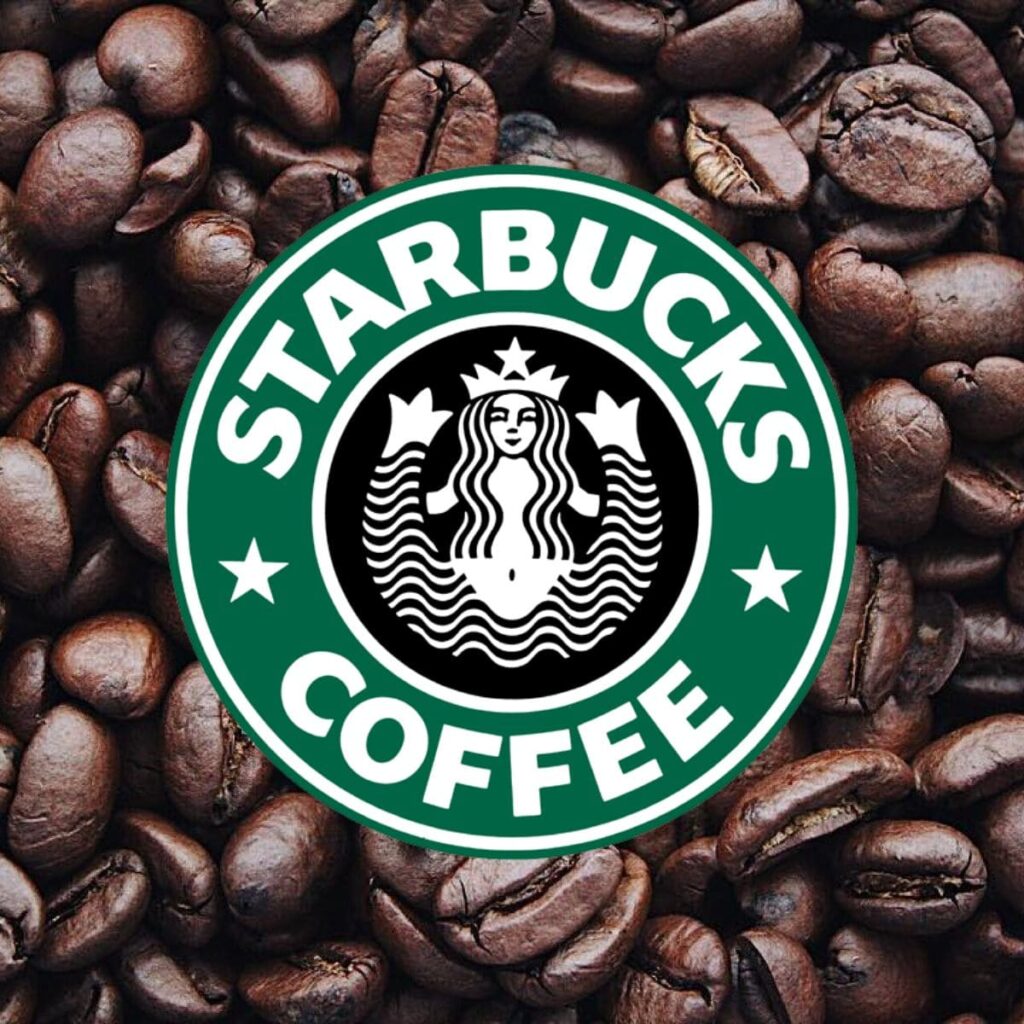
You should note that consistency doesn’t mean being stagnant; it means adhering to your brand’s core values and messaging across all touchpoints – from your website to your social media, and even your physical locations, if you have them.
- Engaging Visuals: The Power of Imagery
A picture is worth a thousand words, they say. High-quality imagery and graphics that align with your brand’s message can speak volumes and captivate your audience.

Instagram is a platform built on captivating visuals. They understand that eye-catching imagery is essential for user engagement. It is a prime example of how visuals can define a brand identity.
When crafting your brand’s visuals, think about what emotions you want to evoke. Are you aiming for excitement, serenity, or curiosity? Visuals should align with your brand’s message and resonate with your audience.
- Brand Voice and Tone: Speaking the Language of Your Audience
If your brand could talk, what would it say and how? Define your brand’s voice and tone. Are you formal and professional or friendly and approachable? Find your voice, and speak directly to your audience’s heart.
Dove’s “Real Beauty” campaign is celebrated for its brand voice. By promoting body positivity and self-acceptance, Dove resonates with its audience on a personal and emotional level.

- Value Proposition: Why Choose You?
Why should your audience choose you over the competition? Your brand’s value proposition should be crystal clear. It’s the answer to your audience’s question, “What’s in it for me?”

Amazon’s brand identity centers around convenience and endless choice. “Amazon Prime” offers fast shipping, exclusive content, and more. Their value proposition is about making life easier for customers.
Your value proposition should be crystal clear and address the pain points and desires of your target audience. Why should they choose you over the competition? Craft a value proposition that resonates and compels action.
- Emotional Connection: The Heartbeat of Brand Identity
Building a brand isn’t just about selling products or services; it’s about forging connections. How does your brand make people feel? Emotions drive decisions, so tap into that.
Think about Subaru’s brand identity – it’s not just about cars; it’s about safety and family. Their “Love. It’s What Makes a Subaru, a Subaru Subaru’s “Love” campaign is a prime example of emotional branding. It connects with consumers on a profound level, emphasizing safety, reliability, and the love people have for their families.
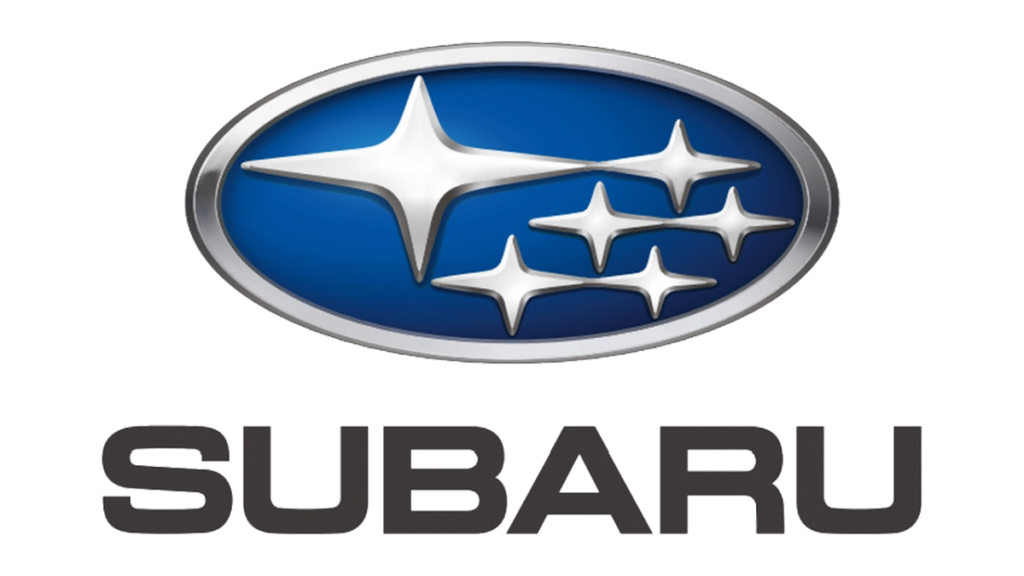
This emotional connection goes beyond the product; it’s about the lifestyle and values associated with the brand. Your brand’s emotional connection should be authentic and rooted in a deep understanding of your audience’s desires, fears, and aspirations. What emotions does your brand evoke? How do you make your customers feel? Building this emotional bridge creates a loyal and engaged customer base.
- Feedback Loop: A brand identity is never set in stone. It evolves, just like you do. Listen to your audience, embrace change, and adapt your brand identity to stay relevant.

Netflix is a prime example of a brand that evolves with audience feedback. They use data to refine their recommendations, create original content based on viewers’ preferences, and continually improve the user experience.
Incorporating these essentials into your brand identity can transform your business into a memorable and resonant brand. Remember, your brand identity is not static – it evolves and grows with your business and your audience’s needs. Keep listening, adapting, and refining, and your brand will stand the test of time.
We are glad you read up until this point. If you like our content and you want even more Produktiviti in your life, here are a few ways you can connect with us:
Or Email us at hello@produktiviti.co for enquiries.
Have a great day!
October 23, 2023
Leave a Reply Cancel reply
Website created & designed by Produktiviti | NIGERIA
Back to top
| PRIVACY POLICY
© 2022, PRODUKTIVITI |
CONTACT |
TERMS OF USE
ABOUT |
SERVICES |
PORTFOLIO